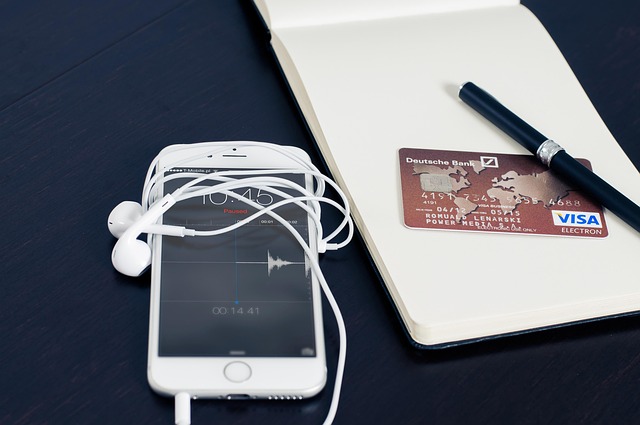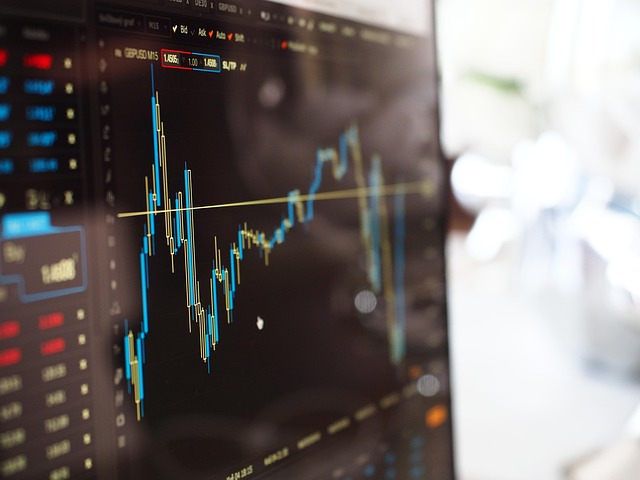
Cashless Payments
In recent years, cashless payments have gained significant traction, transforming the way we conduct transactions. With the rise of technology and the increasing use of smartphones, people are opting for more convenient payment methods. But what exactly does cashless payment entail, and why is it becoming the preferred choice for many?
What Are Cashless Payments?
Cashless payments refer to transactions that do not involve physical cash. Instead, they utilize digital methods such as credit and debit cards, mobile payment systems, and online payment platforms. This shift towards cashless transactions is not just a trend; it represents a fundamental change in how consumers and businesses interact financially.
Advantages of Cashless Payments
There are numerous benefits associated with cashless payments:
- Convenience: Cashless transactions are quick and easy. Whether you're making a purchase at a store or paying for services online, the process is often streamlined, allowing for faster checkouts.
- Security: Digital payments can be more secure than carrying cash. With features like encryption and fraud detection, many cashless payment systems offer enhanced protection against theft.
- Tracking: Cashless payments provide a clear record of transactions, making it easier for individuals and businesses to manage their finances.
- Global Reach: Cashless payment options allow for international transactions without the hassle of currency exchange, making it easier for businesses to reach a global audience.
Popular Cashless Payment Methods
There are several popular methods for making cashless payments, each with its unique features:
- Credit and Debit Cards: These are perhaps the most widely used cashless payment methods. They allow users to make purchases in-store and online with just a swipe or a tap.
- Mobile Payment Systems: Apps like Apple Pay, Google Pay, and Samsung Pay enable users to make payments using their smartphones. These systems often utilize NFC (Near Field Communication) technology for quick, contactless transactions.
- Digital Wallets: Services like PayPal and Venmo allow users to store funds digitally and make payments online or to other users easily.
- Cryptocurrencies: Although still emerging, cryptocurrencies like Bitcoin are gaining popularity as an alternative cashless payment method, particularly for online transactions.
The Future of Cashless Payments
As technology continues to evolve, the future of cashless payments looks promising. With advancements in security and user experience, more people are expected to embrace these methods. Additionally, businesses that adopt cashless payment solutions may find themselves attracting a broader customer base, as consumers increasingly prefer the convenience and efficiency that these systems offer.
Conclusion
Cashless payments are not just a passing fad; they represent a significant shift in how we handle money. With their convenience, security, and ability to facilitate global transactions, it's clear why many are making the switch. As we move forward, embracing cashless payment methods may very well become the norm rather than the exception. 🌍💳

















 The Island of Love (and Drama)
The Island of Love (and Drama) 
 Health
Health  Fitness
Fitness  Lifestyle
Lifestyle  Tech
Tech  Travel
Travel  Food
Food  Education
Education  Parenting
Parenting  Career & Work
Career & Work  Hobbies
Hobbies  Wellness
Wellness  Beauty
Beauty  Cars
Cars  Art
Art  Science
Science  Culture
Culture  Books
Books  Music
Music  Movies
Movies  Gaming
Gaming  Sports
Sports  Nature
Nature  Home & Garden
Home & Garden  Business & Finance
Business & Finance  Relationships
Relationships  Pets
Pets  Shopping
Shopping  Mindset & Inspiration
Mindset & Inspiration  Environment
Environment  Gadgets
Gadgets  Politics
Politics 